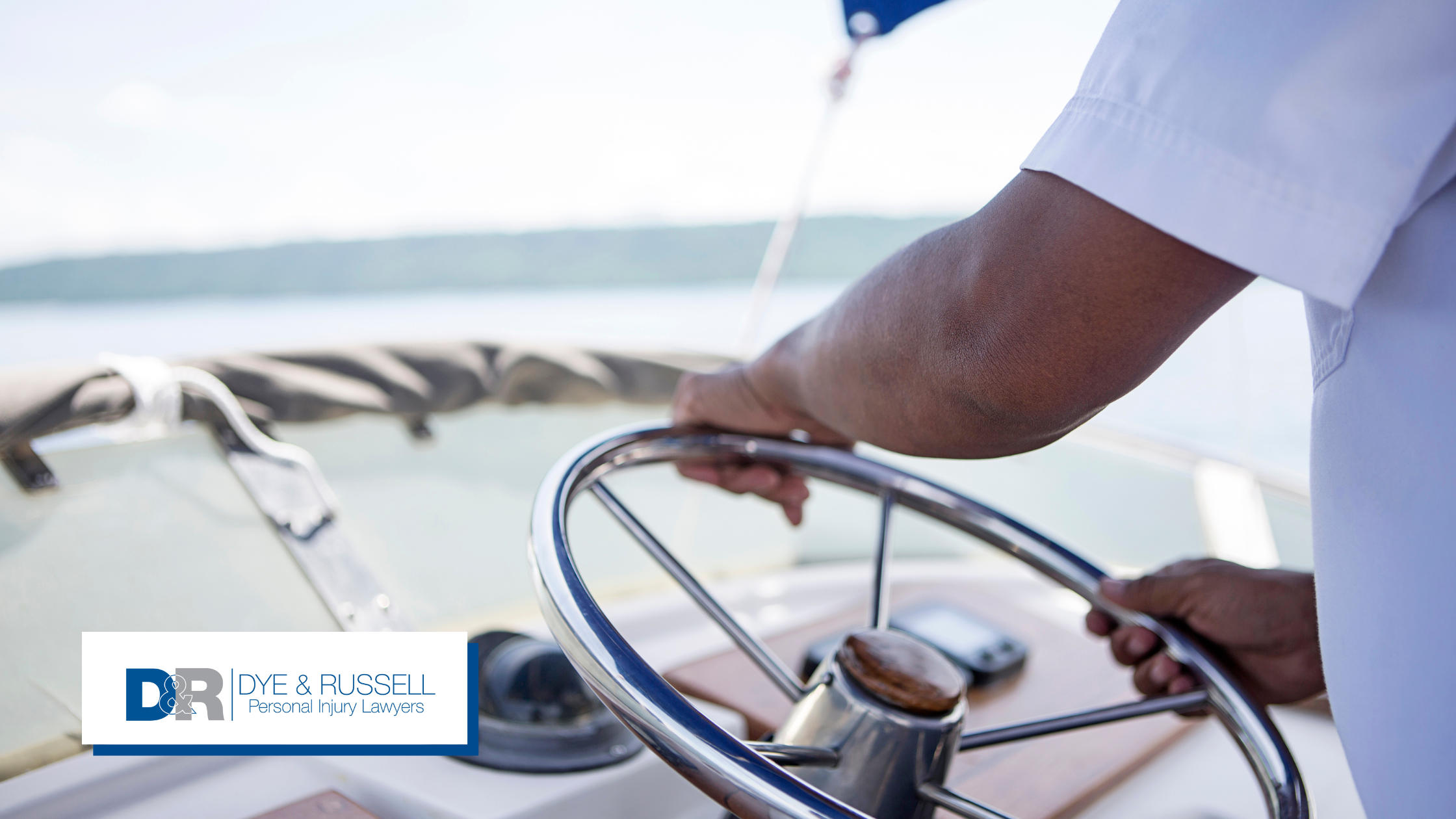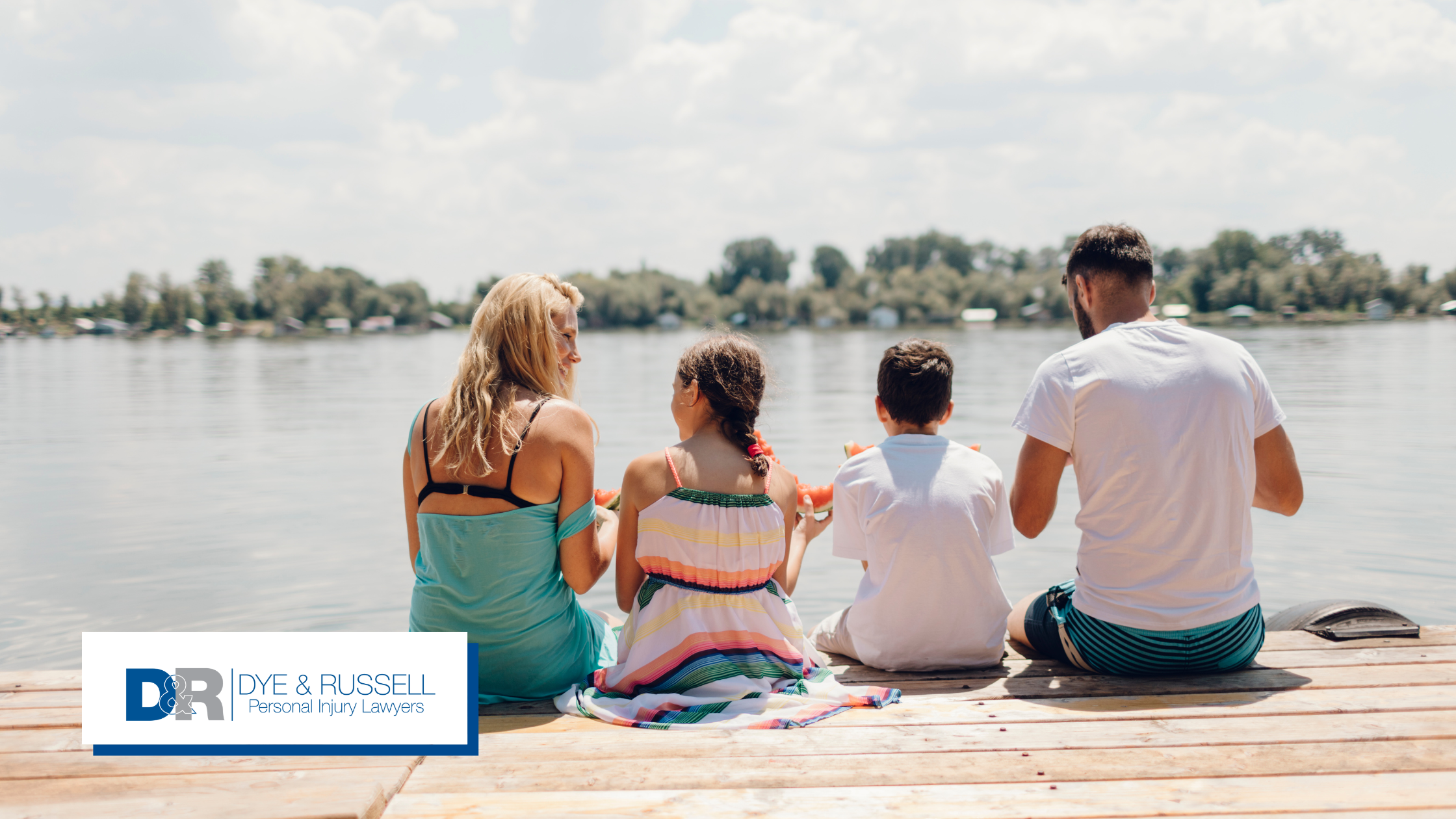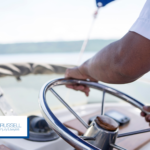Slips and falls are more than just common workplace accidents—they can lead to serious injuries. While falling might have been a minor bump in our childhoods, it becomes far riskier as we age, posing significant threats to our health and well-being.
Among working-age adults, the workplace is the most frequent location for fall-related injuries. Maintaining a safe workplace should be a priority for everyone. Ensuring employees feel secure at work is not only vital to their well-being but also benefits employers and customers who visit the premises. By prioritizing health and safety, businesses can protect their workforce while minimizing liability. The Canadian Safety Council provides several key recommendations to help reduce the risk of slips and falls in the workplace.
Safe Floors
Applying a non-slip treatment to floors can significantly enhance safety for employees, employers, and customers. This is especially important for surfaces prone to becoming slippery, such as tiles or polished concrete. High-traffic areas, particularly those where people frequently move between indoors and outdoors, are at increased risk for falls due to tracked-in moisture from snow, rain, or mud.
Workplaces with kitchens, where oils and other substances may settle on the floor, also require attention. Applying a non-slip treatment in these areas can help reduce the risk of accidents. Regular cleaning and decluttering of floors is crucial to maintaining a safe environment.
Safe Shoes
While you may not control what customers wear, you can set standards for employees’ footwear. Proper shoes can play a significant role in preventing slips and falls. For workplaces with specific requirements, consult with suppliers to ensure the right footwear is chosen for the job and floor type. Shoes with good grip, such as those designed for safety, should be encouraged for everyone. Shoes that increase the likelihood of falls include high heels, cleats, and smooth-soled shoes.
Additional Safety Measures
The Government of Ontario recommends further steps to reduce slip, trip, and fall accidents, including:
- Using wet floor signage
- Training workers in slip, trip, and fall prevention
- Establishing safe work practices and procedures for reporting hazards
- Conducting prompt maintenance and inspections
- Providing tools like shovels, mops, and buckets for quick cleanups
- Designing tasks to minimize excessive pushing, pulling, or reaching
- Correcting unsafe work practices
Despite all precautions, accidents can still happen. If you have been injured in a slip and fall incident, Dye & Russell is here to help. Contact us for a free claim assessment and legal assistance.















